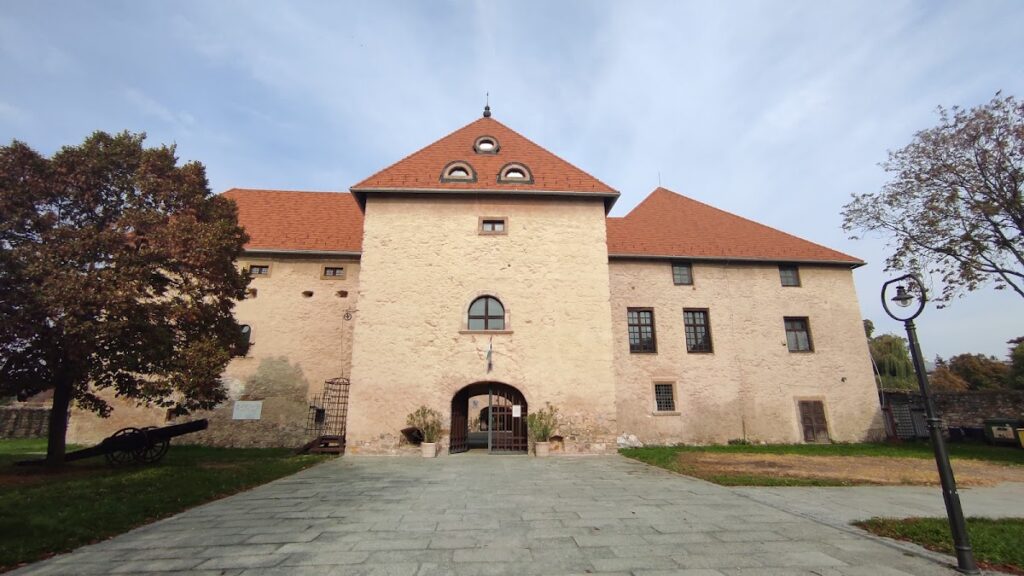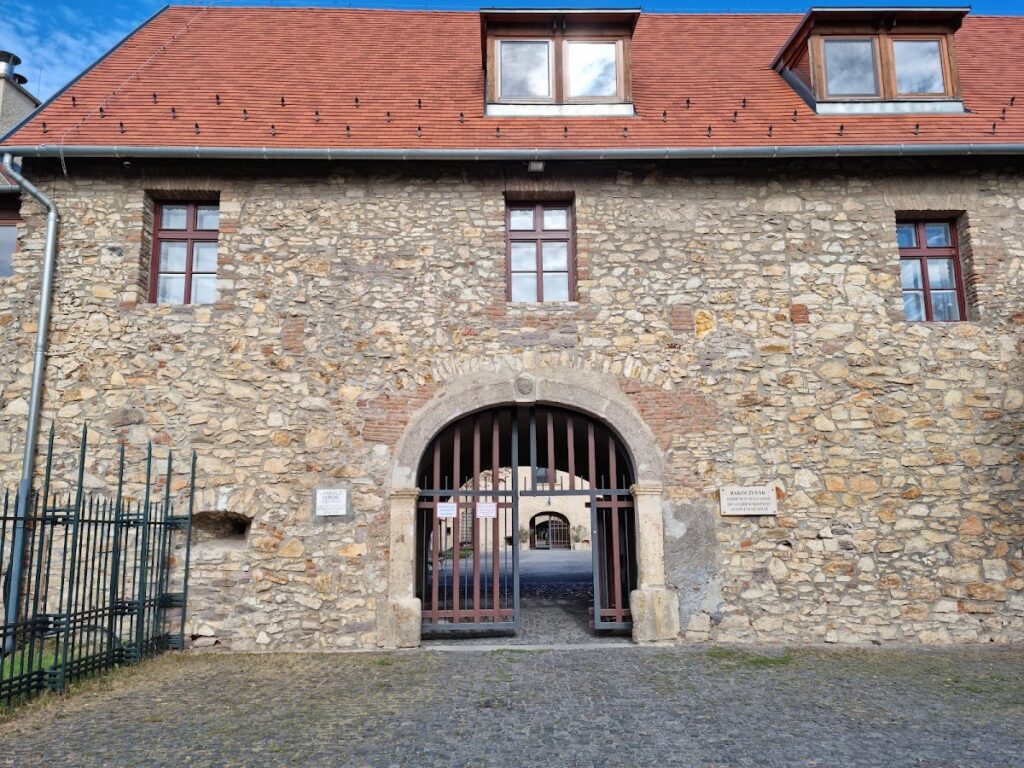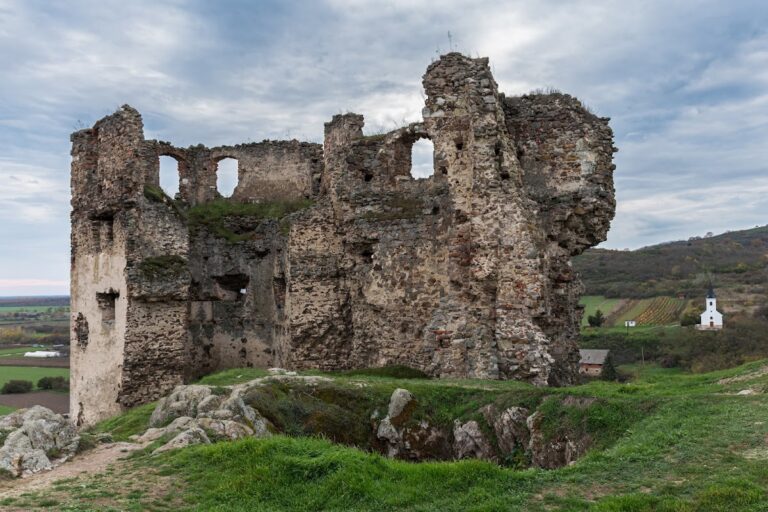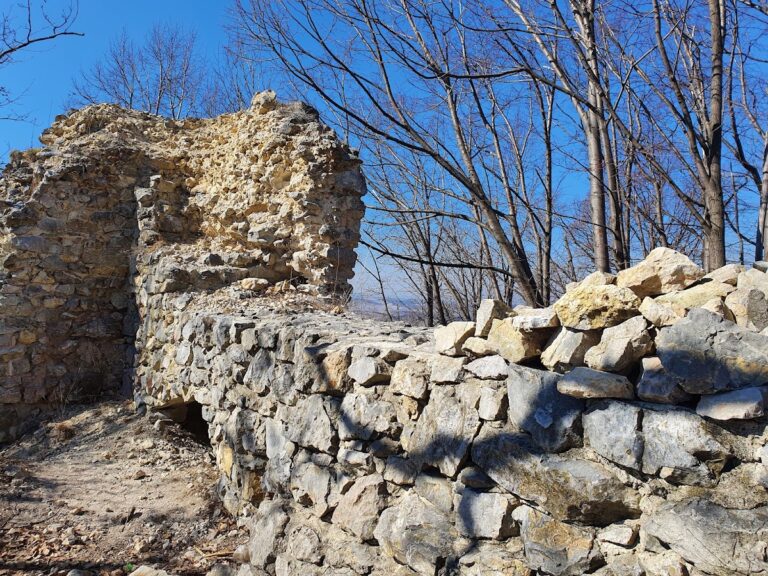Szerencs Castle: A Historic Fortress and Residence in Hungary
Visitor Information
Google Rating: 4.5
Popularity: Medium
Google Maps: View on Google Maps
Official Website: zemplenimuzeum.hu
Country: Hungary
Civilization: Unclassified
Remains: Military
History
Szerencs Castle is located in the town of Szerencs in present-day Hungary. The site was originally established by the Bogát-Radvány clan in the 13th century as a Benedictine monastery, founded on an elevated marshy landscape. The earliest known reference to this location dates back to 1247, when the monastery served primarily religious functions.
By the mid-16th century, the site had begun to take on a military character. In 1556, Ferenc Németi, a captain loyal to the Transylvanian principality, seized the monastery and transformed it into a fortified position aimed at resisting supporters of the Habsburg dynasty. This shift marked the beginning of its role in the turbulent conflicts of the era.
Following the fall of nearby Tokaj Castle, imperial troops under General Schwendi captured Szerencs Castle without opposition in 1565. Shortly thereafter, Emperor Rudolf II mortgaged the fortress to Zsigmond Rákóczi, who initiated significant changes, reshaping the structure into a Renaissance-style fortress that blended residential and defensive functions.
In the decades that followed, the castle saw continued military use. An inventory from 1635 documents a well-armed stronghold, holding artillery on its defensive bastions, alongside an armory stocked with 50 muskets and 11 smaller cannons. However, in 1644, the castle and surrounding town suffered an assault and looting by troops under Miklós Esterházy.
The fortress’s strategic value diminished over time, especially after the failed Wesselényi conspiracy in 1670, when imperial mercenary forces took control. In subsequent years, notably during the 18th century, three of the inner castle’s towers were dismantled, leaving only the southern tower standing.
Ownership of the property passed through several noble families, including the Illésházy, Grassalkovich, and Szirmay lineages. With periods of relative peace, these owners adapted the fortress into a more comfortable residence, reflecting changing needs following the kuruc uprisings led by Rákóczi Ferenc.
In the 20th century, restoration efforts were carried out from 1959 to 1991 under the guidance of architect Ferenc Erdei. Following these works, the castle found new uses, serving both as a museum and a hotel, preserving its layered heritage.
Remains
Szerencs Castle presents a complex layout that reflects its evolution from a monastic site into a Renaissance fortress and then a noble residence. The entire complex originally consisted of two main parts: an outer ward encircled by defensive walls and polygonal bastions, and an inner ward organized as a closed, three-winged building with a central courtyard.
The outer ward’s polygonal bastions were constructed to support artillery defense, allowing cannons to cover multiple angles. These fortifications were built from stone and strategically incorporated parts of the original monastery’s walls, highlighting the reuse of earlier materials in the castle’s development.
Within the inner ward, three towers once defined the defensive and architectural character of the residence. In the 18th century, however, three of these towers were demolished, and today only the southern tower remains intact. This surviving tower offers insight into the castle’s earlier fortified layout.
Historical records from 1635 indicate the armory housed a significant collection of weaponry, including 50 muskets and 11 smaller cannons, with larger artillery pieces mounted on the outer bastions. Although the specific fate of these arms is not detailed, their documented presence underscores the castle’s military readiness during that period.
Today, parts of the castle have been restored, preserving elements from both Renaissance and later Baroque periods. The restored structure now functions partially as a museum, housing collections such as the Zemplén Museum’s postcard archive. Some sections also serve as a hotel, reflecting adaptive reuse while maintaining the integrity of the historic fabric.










